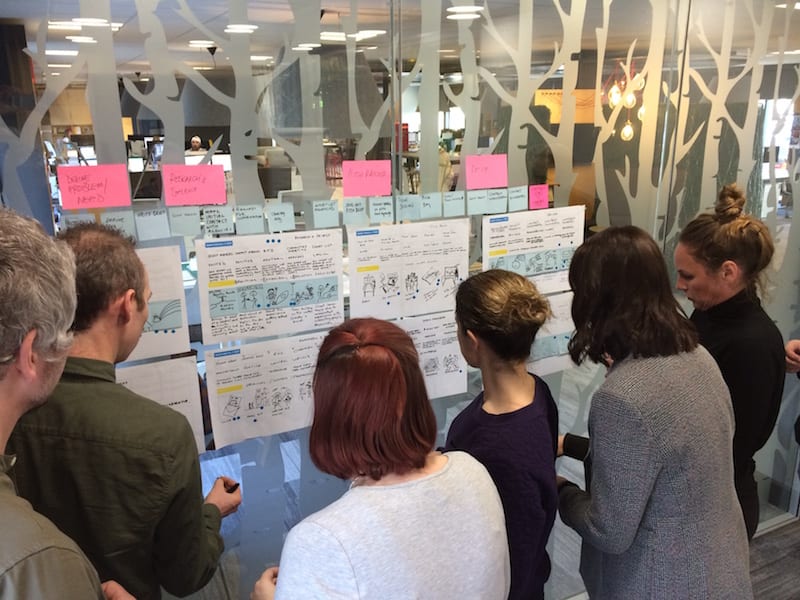Find out how you can improve your design thinking process
This blog is a guest post by Luke Battye, Managing Partner at strategic design firm Sprint Valley
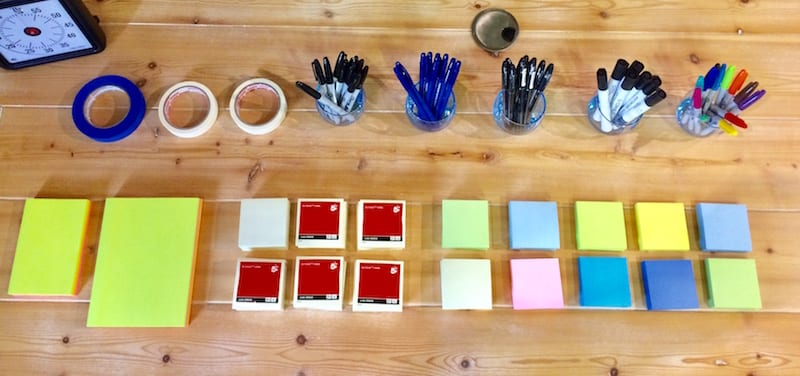
Running your first Sprint is an exhilarating experience. Its fast pace and unusual methods have been called a ‘greatest hits’ of innovation methodologies and there’s no question, it gets results fast. But design sprints offer more value than just validating an idea.
Today we’re covering the 5 day Design Sprint developed by Google Ventures to help the start-ups they invested in accelerate their learning. Utilizing this design sprint, here are 7 ways of thinking about how the methodology could help you deliver innovation in your organisation.
1. Find your A-Team
Oftentimes we are responsible for delivering ‘innovation’ into our businesses but the reality is that innovation is a team sport. If you don’t have people who can help you expose and capture the opportunities there’s only so much you’ll be able to achieve with 24 hours in a day.
Here’s an idea:
Launch an Innovation Week in your organisation where people can submit ideas and then have an opportunity to leave their day job for a week to work on building the solution. Ask people to sign up and suggest a topic they think would be valuable to commit 5 days to making progress against. You’ll generate a bunch of ideas for where your colleagues think the organisation needs to focus and you’ll quickly learn who wants to be part of the solution.
Pro Tip: focus on inviting mid-level and above. To make real progress on a real issue you’ll need to get people with deep expertise in specific areas of the business.
2. Break down walls
Real, working solutions require collaboration across teams and often across budget silos. We’re used to executing in our own ‘territory’ but customers don’t see departments, they experience your business as a single narrative. Getting people to work together across departments with competing priorities is challenging, but for certain types of innovation, it’s essential.
Here’s an idea:
Sprints thrive on diversity – it’s the secret sauce. Use a design sprint specifically to get different teams collaborating on a shared outcome. Pick a challenge that is going to take input from Finance, Operations, Sales, Marketing, Customer Service and Product. Invite the respective heads to a demo session and explain that you want to use a Design Sprint to help bring the departments together to make progress on a strategic issue that affects everyone.
Pro Tip: make sure to include people who think the problem is too complex to address in one week. Having someone in the Sprint team who can eloquently explain why solutions won’t work is extremely valuable in working out which solutions really do have a chance for success (and which ones should be shelved quickly).
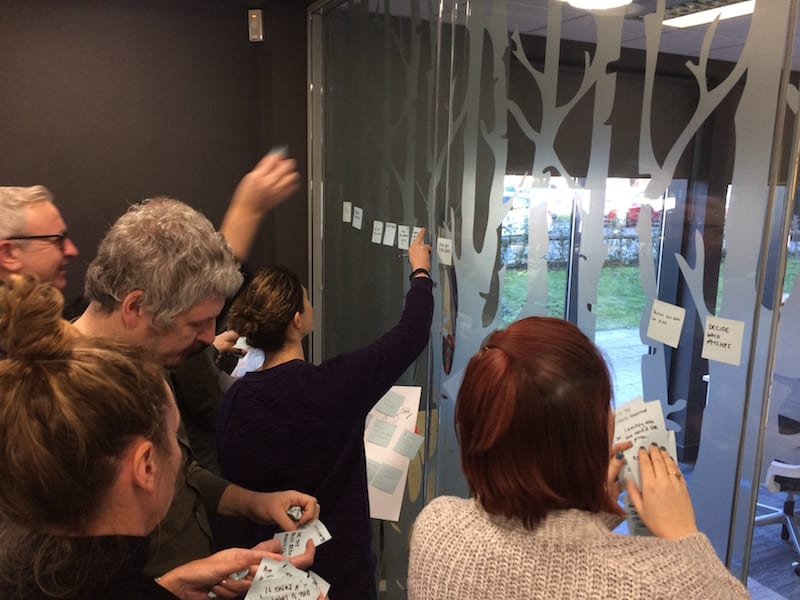
3. Get past basecamp
It’s easy to get going on the easy challenges – and progress feels great. But the real issue, the big one that you have no idea where to begin – that’s the perfect candidate for a Sprint. It’s time to get past basecamp and start climbing. The Sprint will help you work out which route is best to take to the top.
Here’s an idea:
Bring together a team of people who have different, ideally conflicting, perspectives on the challenge in question. Explain that you want to try a process that will help you try prototype different approaches and find out which will have the best chance of success.
Pro Tip: Go big or go home. The higher the stakes, the better the sprint. When you have a lack of data about a challenge – the sprint will help you set a direction. Where you’re paralysed by options, the sprint will help you prioritise and find out which ones could ‘work in the wild’.
4. Help teams exposure and test assumptions early
Too often we launch a new product, service or solution only to find that there was some huge assumption sitting behind our plan that we failed to consider. Maybe we underestimated how easy it would be to use. Or over-estimated how much customers would use certain features. Oftentimes ideas that seem great on paper don’t work as we planned in real-life because the executional detail has been left untested.
Now launching and learning is great – you’ll never get it perfect first time. But the Sprint offers a faster way to arrive at those insights, without having to build anything to learn. Don’t forget, Bill Gates launched the iPad in 2002. 8 years later Steve Jobs launches the iPad. Same idea. Different executional strength.
Here’s an idea:
If you’re working on a big new product release or have a new service you want to take to market, position the Sprint in your team as a way to get the execution of the idea refined before launch. A small big of extra work up front could save you significant time and cost when it comes to build.
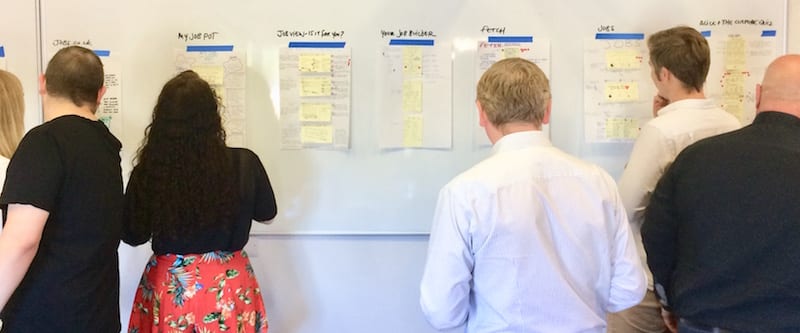
5. Show your team ‘innovation in action’
If we always do what we’ve always done, we’ll always get what we’ve always got. Innovation means change. Rather than teaching your team ‘innovation’, why not show them what innovation feels like? Sprints are packed with hands-on techniques for research, ideation, prototyping and testing ideas.
Here’s an idea:
Work with HR to launch an Innovation Training week. Explain that you’re going to select 6-7 people from across different departments to get hands on experience of how to apply innovation methods they can take back into their respective teams. Crowdsource your challenge from department heads (if you don’t already have one in mind) and use the Sprint methodology to help them team unpack the challenge, develop solutions and make real progress whilst learning new skills they can take back into their departments.
Pro Tip: make sure to pick a real challenge that has strategic importance! That way your colleagues will not only leave with new skills, they’ll have made progress on a strategic issue at the same time.
6. Let customers tell you what’s going to work
We all fall into the trap of falling in love with our ideas. It’s human. But the reality is, our opinion is irrelevant by comparison to the person it’s designed for – the customer.
Here’s an idea:
Use the Sprint to take an idea ‘through the valley’ and get real customer data on what works and what doesn’t. Fundamental to the Sprint methodology is the insight that 5 one hour interviews with customers tends to generate 80% of feedback you would get from interviewing hundreds. You’ll trade ‘perfect knowledge’ for great directional feedback that will help you finalise your strategy before you have to launch anything.
Pro Tip: Before your Sprint make sure you have someone behind the scenes who can recruit customers for interviews and manage the schedule for the test day on Friday. This can’t be done from within the Sprint while you’re coordinating the flow for the week. Incentives work well here too so think about vouchers and/or other benefits you could offer to customers who give up time on a Friday to come and be part of the interview.
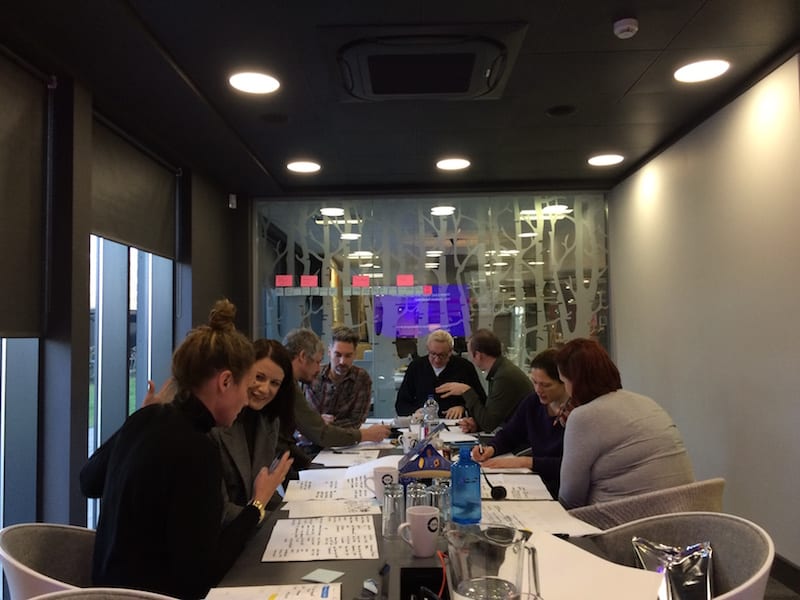
7. Test the ideas you’re too scared to launch
Too many incredible ideas get stuck on paper because of the leap of faith required to scope, build and launch them. It’s natural! No one wants to be responsible for failed projects and no matter how much we talk about learning from mistakes, failure can be bruising (especially when investments have been made). No wonder that incremental improvement becomes the mainstay of most organisations. Now incremental improvement is great, but sometimes genius solutions take a leap of faith.
Here’s an idea:
Use a Sprint to take get data on the ‘out there’ innovation ideas that have high potential but carry high risk. You have a hunch but the Sprint is a way to help you understand whether you’ve got something worth exploring further, or not.
The Design Sprint methodology has a huge amount to offer when it’s application is considered. Here are the main takeaways:
- Find out who wants to help you with innovation
- Use it to bring together different departments to work on a joint solution
- Get started on the ‘impossible’ project
- Get teams to table and test the assumptions that success depends on
- Help your team practice innovation techniques
- Bring the voice of the customer into your decision making
- Test ‘risky’ ideas in a safe environment without fear of failure
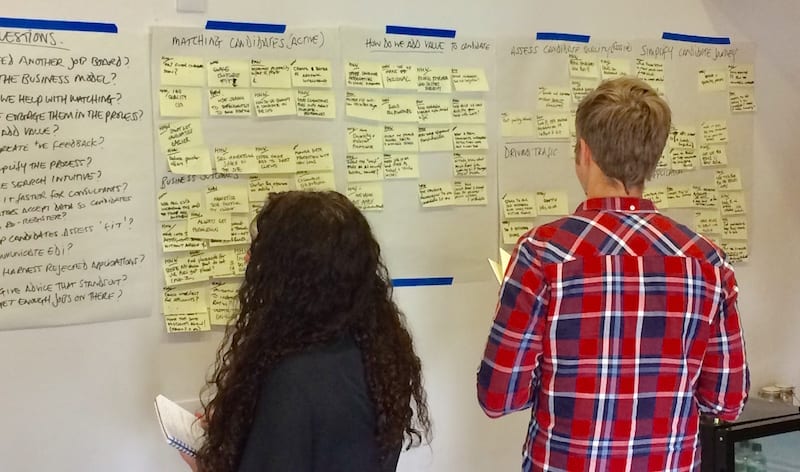
About the Author
Luke Battye is Managing Partner at strategic design firm Sprint Valley where they help companies use psychology to develop better products and services in less time using design sprints. Check out Luke’s interview video from the Service Design Show to learn more from him.
